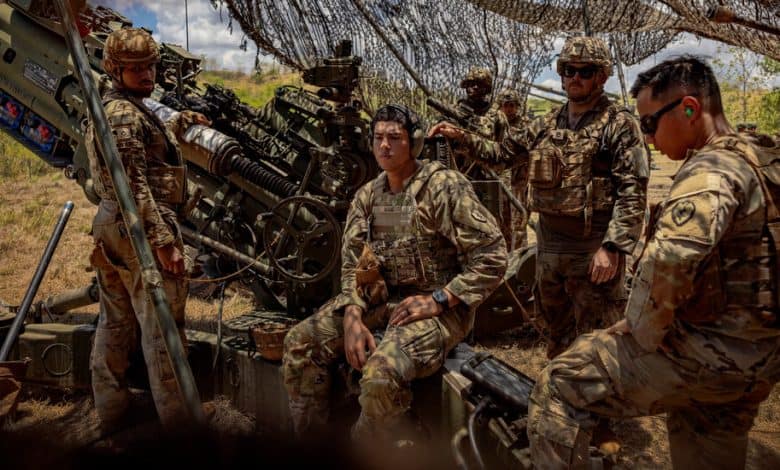In China’s Backyard, America Has Become a Humbler Superpower

Far from Ukraine and Gaza, as the Group of 7 wealthy democracies gathers in Italy to discuss a range of old, entrenched challenges, the nature of American power is being transformed across the region that Washington sees as crucial for the century to come: the Asia-Pacific.
Here, America no longer presents itself as the confident guarantor of security, a trust-us-we’ve-got-this superpower. The terrain is too vast, China’s rise too great a threat. So the United States has been offering to be something else — an eager teammate for military modernization and tech development.
“In the past, our experts would talk about a hub-and-spokes model for Indo-Pacific security,” Defense Secretary Lloyd J. Austin III said this month at a global defense conference in Singapore. “Today we’re seeing something quite different.”
In this new era, many countries are doing more, on their own and with U.S. help. For the first time, the United States is building nuclear-propelled submarines with Australia; involving South Korea in nuclear weapons planning; producing fighter jet engines with India; sharing maritime surveillance duties with small Pacific islands; and working with Japan on adding an offensive strike capability.
Behind the scenes, U.S. officials are also testing new secure communications systems with their partners. They’re signing deals to co-produce artillery with allies and to secure blood supplies from hospitals around the region in case of a conflict. They are also training with many more nations in more expansive ways.
These collaborations highlight how the region sees China. Many countries fear Beijing’s growing military strength and belligerence — its threats against the democratic island of Taiwan, its claim to most of the South China Sea and its land grab at the border with India. They are also less sure about China as an economic partner, with the slowing pace of its post-Covid economy and tilt away from pro-growth, pro-entrepreneur policies under Xi Jinping.
